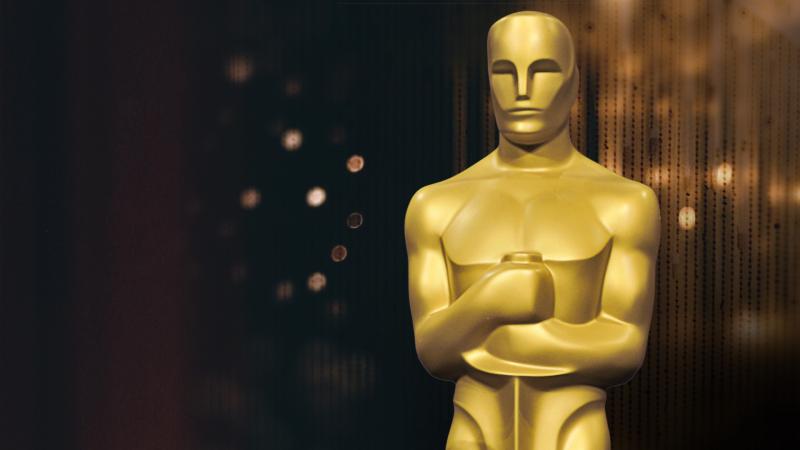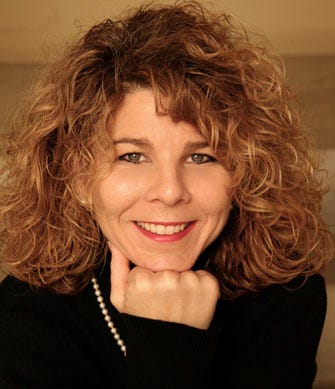Have The Oscars Finally Exposed Hollywood’s White Maleness To White People?

Not long after the Twitterverse had a good chuckle over “Dick Poop,” another hashtag, #OscarsSoWhite, began to light up mobile devices. But unlike scatological humor, there’s nothing funny about the lack of diversity in media and, understandably, the conversation struck a different tone on social media.
It started as a rather innocuous tweet about the need for a hashtag, but resonated with people tired of Hollywood’s typical whitewashing. The unrest over the unbelievably white, and male, Oscar nominee field even resulted in Tinseltown’s palest actress, Jessica Chastain, using the makeshift bully pulpit of the Critics’ Choice Awards to speak out against her industry’s crippling addiction to white men.
SEE ALSO: #OscarsSoWhite Is Right, But Needs To Go Further
The palpable resentment reveals a wide chasm between the people who make movies and the people who watch movies. 94 percent of Academy voters are white. Seven of the eight Best Picture nominees are about white men. Four of the five Best Director nominees are white men (and all are men). All 20 acting nominations went to white performers. This is the whitest field the Academy has produced in 16 years.
But America is not so white, nor so male. And despite the commercial and critical success Angelina Jolie (“Unbroken”), Ava DuVernay (“Selma”) and Gillian Flynn (“Gone Girl”) have all enjoyed this year, not one of them was recognized by the Academy. Justin Simien’s indie darling “Dear White People” also failed to impress voters. David Oyelowo’s performance as Dr. Martin Luther King in “Selma,” so celebrated at the Golden Globes just days prior, was overlooked entirely by the Academy.
The disconnect has resulted in some understandably bitter feelings and generated the kind of media scrutiny the Academy, and Hollywood, has rarely seen (or wants to acknowledge). People are finally starting to grasp the film industry’s white maleness. Some are hoping to even change it.

Nobody understands the lack of diversity in Hollywood more than Dr. Stacy L. Smith from USC’s Annenberg School for Communication and Journalism. Smith oversees the Media, Diversity & Society Change Initiative out of the second-floor of the journalism school’s former digs. Her students spend hours cataloging screen time for minorities and women in both television and film.
SEE ALSO: Why We Need More Women Behind The Camera
The group is responsible for some of the university’s most important work: research studies on both gender and racial inequality in entertainment. Smith also recently penned a column in The Hollywood Reporter, proposing three simple steps studios can take to fix long-standing gender imbalance issues.
I asked Dr. Smith if she could spare a few minutes to voice her thoughts on the Oscar nominations, and the state of all things Hollywood. And she was kind enough to oblige.
Will Federman: Have we reached a watershed moment for gender and diversity issues in Hollywood with the outrage over the Oscar nominations?
Stacy L. Smith: Probably not. A lack of gender and racial diversity has plagued Hollywood for quite some time. For example, the percentage of female speaking characters in popular films has not changed since the late 1940's. Yet, there has been outcry, concern and advocacy around the issue for years. The numbers are not changing.
WF: Which is worse — the lack of diversity behind the camera or in front of the camera?
SS: Unequivocally, behind the camera. 28 percent of films featured a female lead or co-lead across the 100 top grossing films of 2013. Yet, there were only two female directors across the 100 most popular movies that same year. Females clock in at less than 15 percent of all writers.
The representational roadblock is on both sides of the camera. But, our data show that calling the shots isn’t something women or people of color get to do very often.
WF: Does Ava DuVernay’s “Selma” snub surprise you?
SS: I was not surprised. Very few female directors get attached to notable or top-grossing films. Our research has revealed that when decision makers “think director, they think male.” This implicit association perpetuates inequality.
The lack of a nomination is just another example of this bias. Another indicator is the number of female directors attached to the 100 top-grossing films each year. In 2014, there was only one. In 2013, there were two. If you step back and look over a longer period of time, roughly 4 percent of all directors across the 100 top-grossing films from 2002 to 2013 are women.
Clearly, hiring women to helm motion pictures is not a value widely held in Hollywood.
WF: How important are the Oscars?
SS: The awards are a barometer of a wider systemic issue facing Hollywood. Given the composition of the academy, the nominations are not terribly surprising.
WF: How do you characterize the anger people feel over movies being over or under recognized?
SS: Many people want to see themselves reflected in stories. Yet, in 2013, a full 17 of the top 100 films did not feature one African American or Black speaking character.
The audience is responding and communicating loudly and clearly to decision makers that more diversity is not only desired in motion picture content, but also reflects the U.S. population.
The 87th Academy Awards, in all of its white male glory, will air on February 22nd. It will be hosted by a white male.
The post originally appeared on Medium. Reach Editor-in-Chief Will Federman here. And follow him on Twitter.



